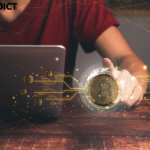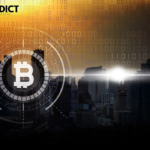
Introduction to Coin Burning: What Is It and Why Is It Done?
In the world of cryptocurrency, there are various mechanisms and practices that shape the ecosystem. One such practice is “coin burning,” which has gained significant attention and importance. Coin burning refers to the intentional destruction or removal of a certain amount of cryptocurrency tokens from circulation. It is a deliberate act carried out by projects and token issuers for specific reasons. In this article, we will explore the concept of coin burning, understand its purpose, and examine its impact on the cryptocurrency market. What is Coin Burning? Coin burning is a process where cryptocurrency tokens are permanently removed from circulation. This reduction in token supply is achieved by sending the coins to an address. Moreover, where they become unspendable or by completely eliminating them from the blockchain. The act of burning tokens is irreversible, ensuring that the removed coins can never be used again. How Coin Burning Works? The specific process of coin burning can vary depending on the cryptocurrency and the purpose behind the burning. It’s important to note that the burning process and its effects can vary among different cryptocurrencies and projects. Some cryptocurrencies have specific mechanisms in place, such as Proof of Burn or token buybacks, to facilitate and regulate the burning process. Understanding the specific mechanisms and policies behind coin burning is crucial for assessing its impact on a particular cryptocurrency. Reasons for Coin Burning Coin Burning Methods Impact of Coin Burning Examples of Coin Burning These examples showcase different approaches to coin burning, with Binance Coin focusing on regular buybacks and burns from profits.While Ethereum implements a burning mechanism tied to transaction fees. These practices demonstrate how coin burning can be utilized by different projects to manage supply, enhance token value, and implement innovative monetary policies. Criticisms and Concerns Conclusion Coin burning is a practice that plays a significant role in the cryptocurrency ecosystem. It involves the intentional destruction of tokens to achieve specific objectives, such as reducing supply, controlling inflation, increasing scarcity, and enhancing token value. While it has its benefits, it also faces criticisms and concerns related to centralization and environmental impact. FAQs






